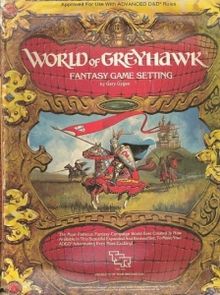Helldritch
Hero
If you take into account the faerie tales, the legends and the general look on the societies that D&D describe, it looks a lot like a fantastic medieval setting. It's not a simulation of the known historical medieval period. It's not even close. Magic, elves, orcs and all the rest of what we love in D&D never existed.
But just like in medieval times, your PCs work for the king, help princess (and princes) in distress. They go in escort missions for caravans, merchants, guilds and even pilgrims. Yes knights were doing that. We have the famous knight in shining armor but they're not from a long time ago, they are right there! So yep, D&D is medieval enough for me. But it's not a simulation of our historical medieval period.
But just like in medieval times, your PCs work for the king, help princess (and princes) in distress. They go in escort missions for caravans, merchants, guilds and even pilgrims. Yes knights were doing that. We have the famous knight in shining armor but they're not from a long time ago, they are right there! So yep, D&D is medieval enough for me. But it's not a simulation of our historical medieval period.




